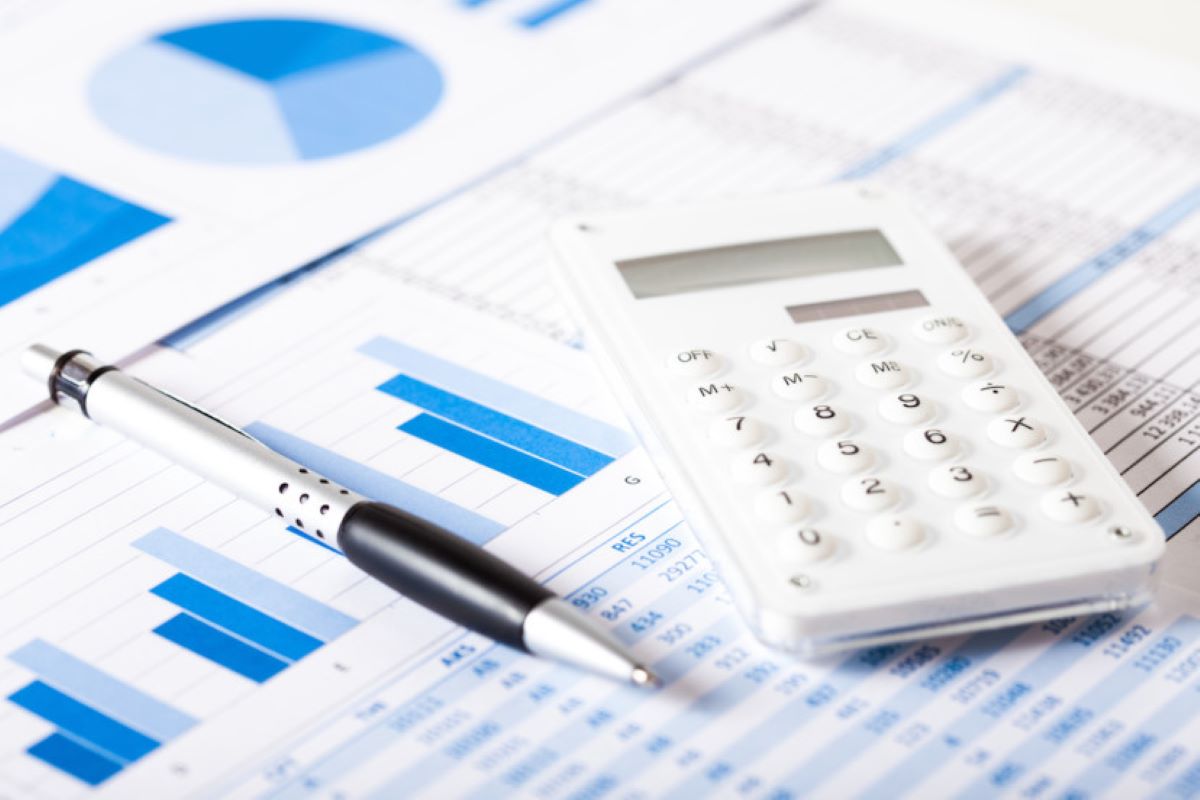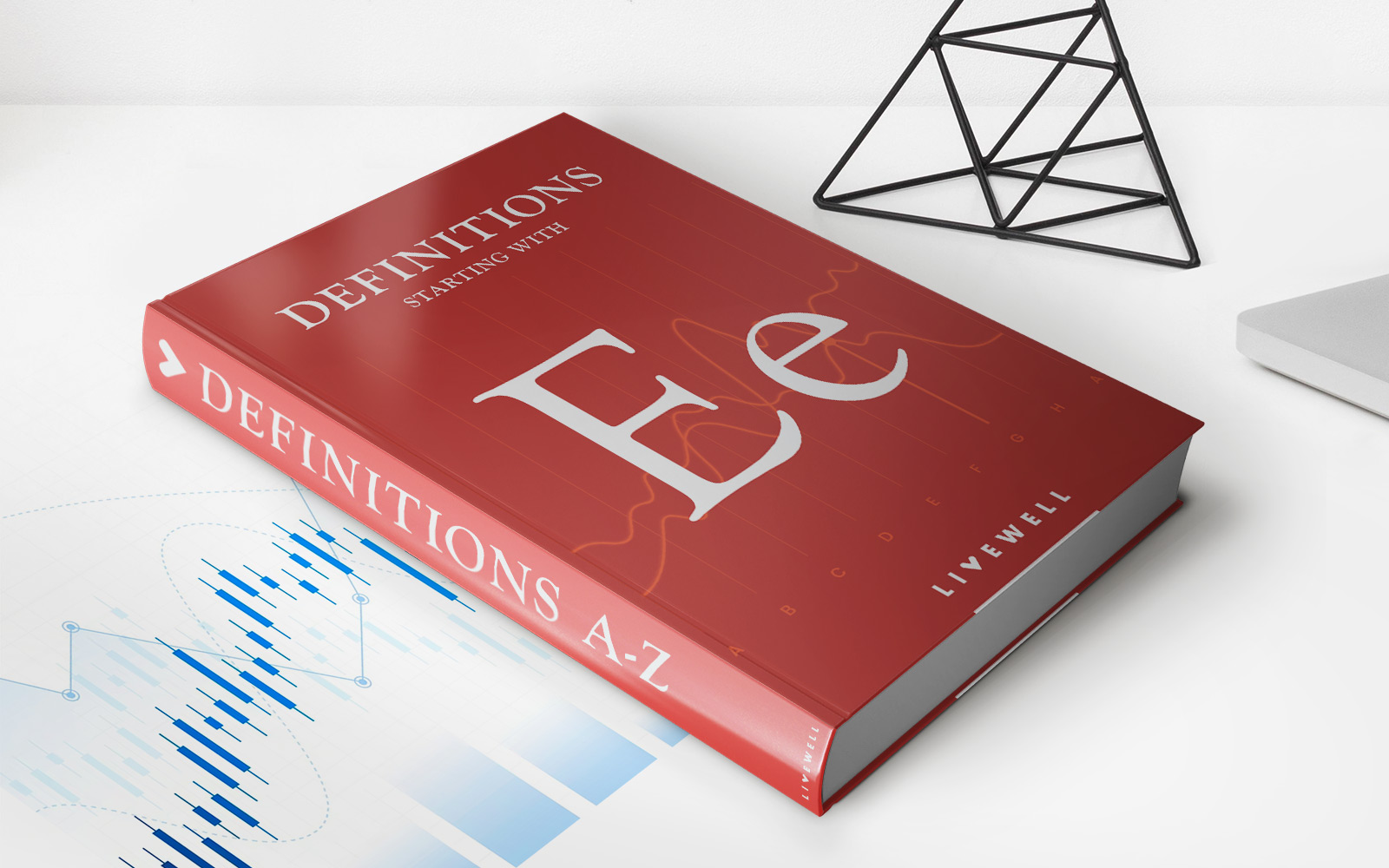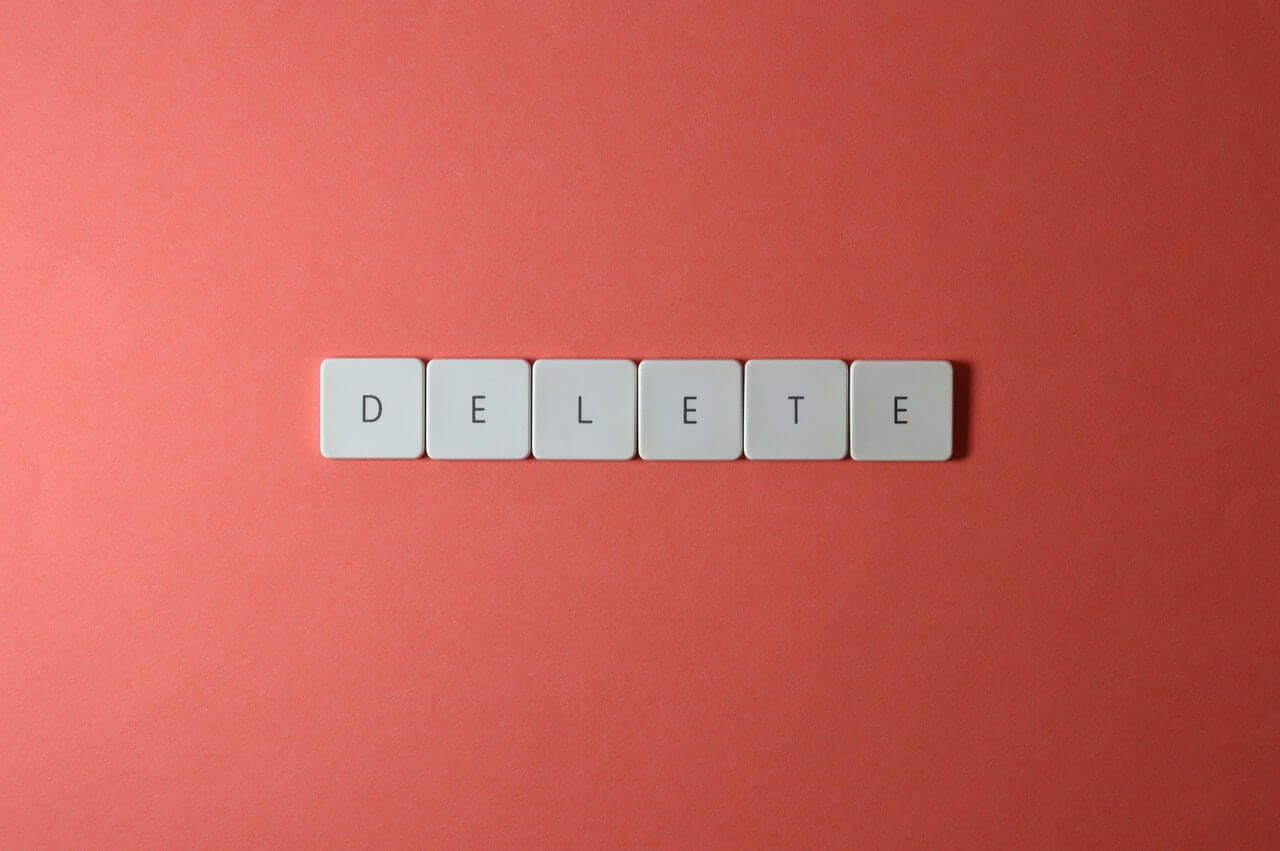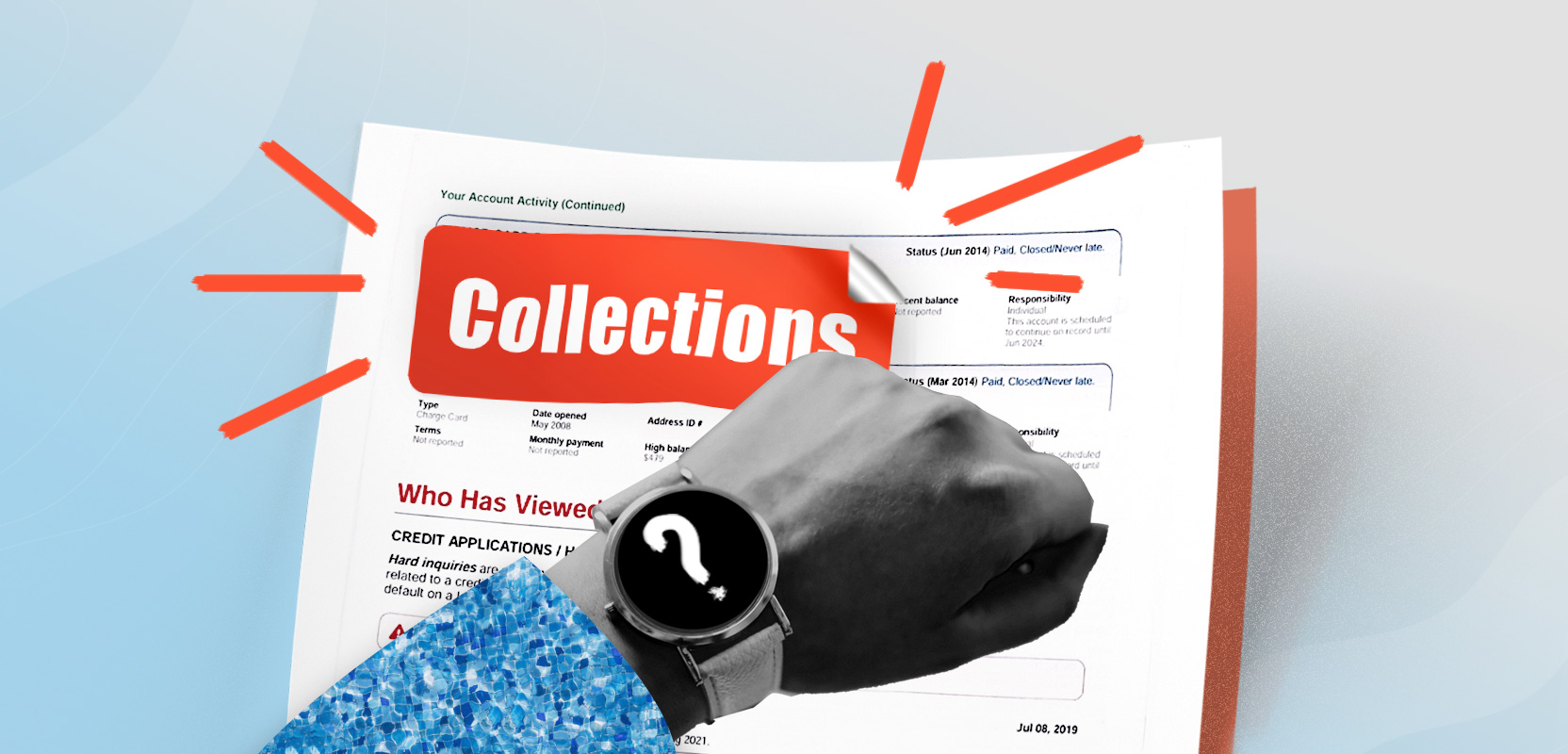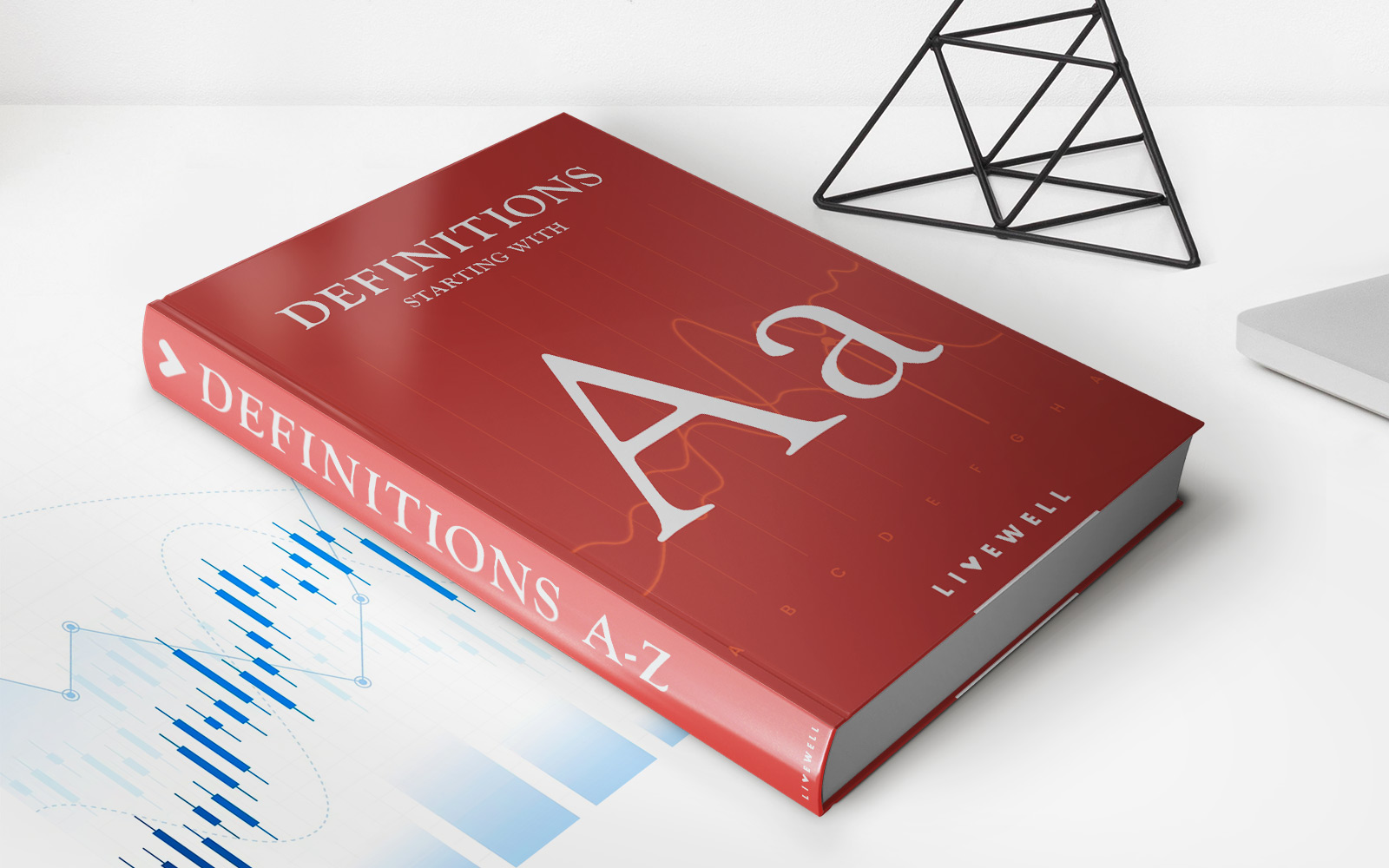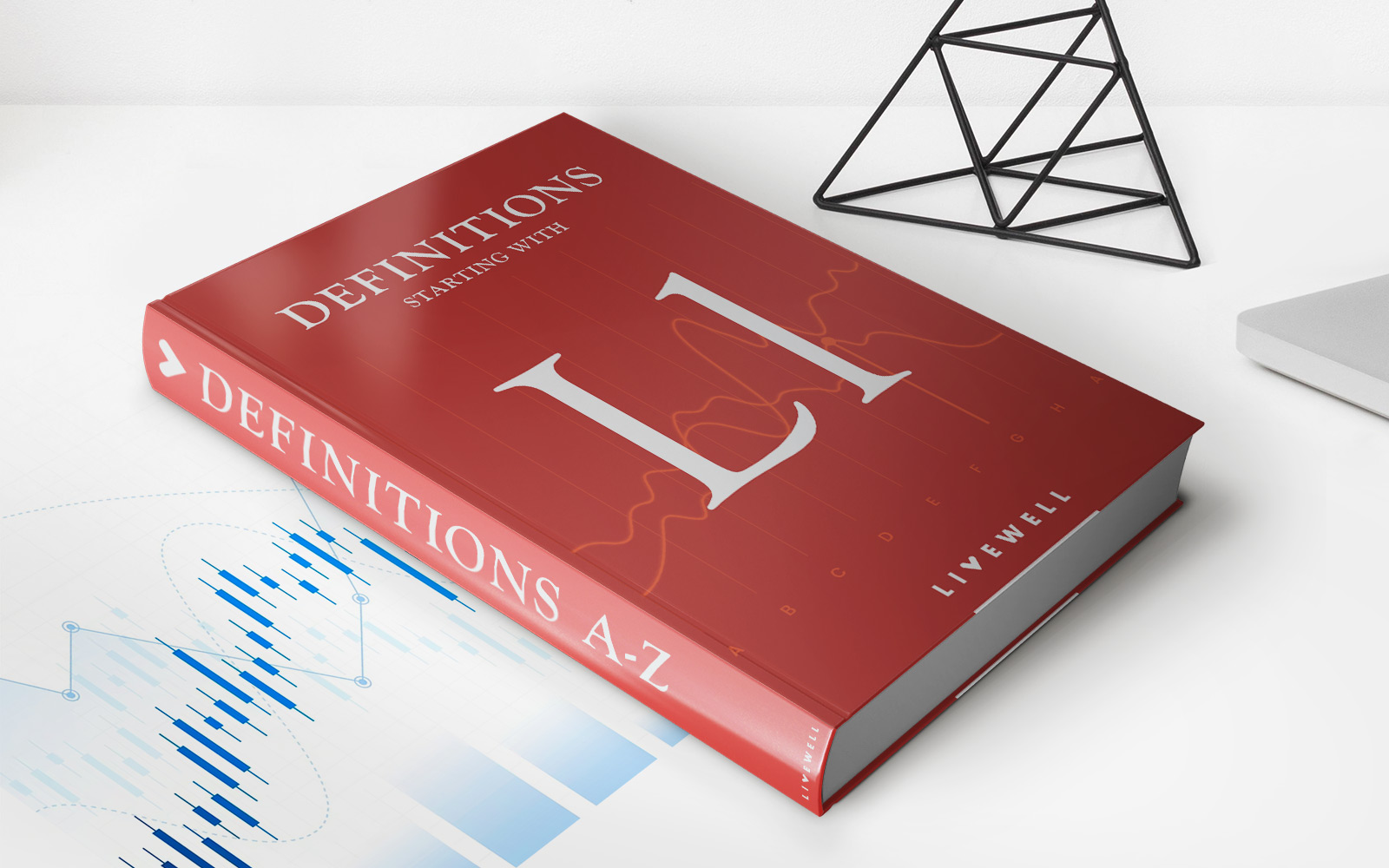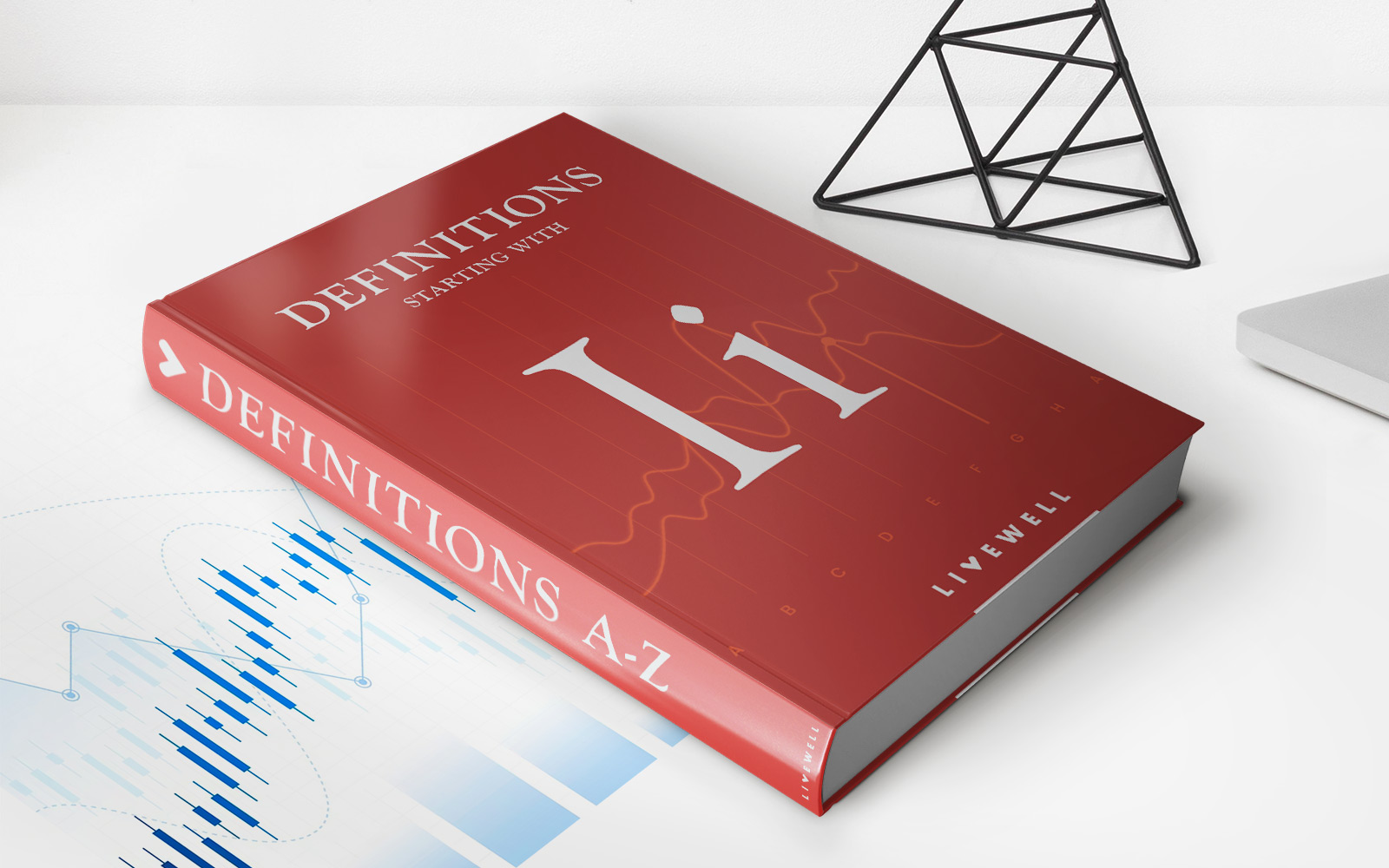Home>Finance>How Many Points Do Collection Items Affect Credit Report
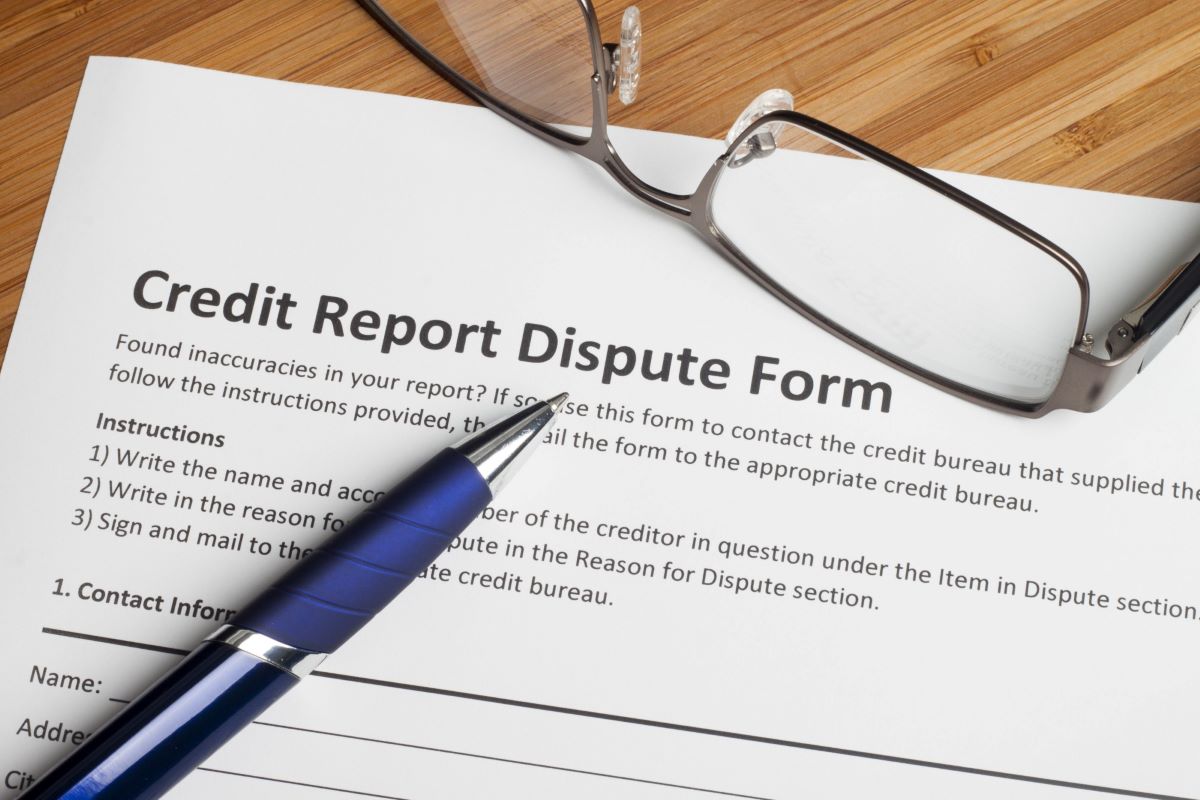

Finance
How Many Points Do Collection Items Affect Credit Report
Published: October 20, 2023
Understand how collection items can impact your credit report and overall financial standing. Learn how many points collection items can deduct from your credit score.
(Many of the links in this article redirect to a specific reviewed product. Your purchase of these products through affiliate links helps to generate commission for LiveWell, at no extra cost. Learn more)
Table of Contents
- Introduction
- Understanding Collection Items
- How Collection Items Impact Credit Reports
- Types of Collection Items
- The Point System in Credit Reports
- Factors That Determine Points Deductions
- Calculation of Points Deducted for Collection Items
- How Many Points Collection Items Can Affect Credit Reports
- Conclusion
Introduction
Managing personal finances is a critical aspect of modern life, and one key factor that impacts an individual’s financial well-being is their credit report. A credit report is a detailed summary of an individual’s borrowing history, which lenders use to assess creditworthiness. It contains information such as payment history, credit utilization, and any collection items.
Collection items refers to unpaid debts that have been handed over to a collection agency. These can include outstanding medical bills, credit card debts, or loan defaults. When collection items appear on a credit report, they can have a significant impact on an individual’s creditworthiness and overall credit score.
It is crucial to understand the implications of collection items on credit reports and how they can affect an individual’s financial opportunities. In this article, we will delve into the details of collection items and provide insights into how they impact credit reports and the associated point system used to measure creditworthiness.
By understanding the impact of collection items on credit reports, individuals can take proactive steps to manage their debts, improve their credit scores, and ultimately achieve their financial goals. So, let’s explore how collection items can affect credit reports and the potential consequences for individuals seeking financial stability.
Understanding Collection Items
Collection items are debts or outstanding balances that have been turned over to a collection agency by the original creditor. This occurs when the original creditor has made unsuccessful attempts to collect payment from the individual. Once a debt is in collections, the collection agency assumes responsibility for pursuing payment.
It is important to note that collection items can come from various sources, including medical bills, credit cards, personal loans, or unpaid utilities. These collection items typically have a negative impact on an individual’s credit report and can significantly affect their credit score.
When a collection item is reported to the credit bureaus, it remains on the individual’s credit report for a certain period of time, typically seven years from the date of delinquency. During this time, it can hinder the individual’s ability to obtain credit or secure favorable interest rates on loans.
It’s worth mentioning that collection items can sometimes be disputed if there are errors or inaccuracies in the reporting. Individuals have the right to request validation of the debt from the collection agency and can also work with credit repair companies or consult with a credit attorney to help navigate the dispute process.
To prevent collection items from appearing on a credit report, it is crucial to stay proactive in managing personal finances. This includes making payments on time, maintaining low credit card balances, and keeping track of outstanding debts. By taking steps to address financial obligations promptly, individuals can minimize the likelihood of collection items negatively impacting their credit reports.
How Collection Items Impact Credit Reports
Collection items can have a significant impact on an individual’s credit report and overall creditworthiness. When a collection item is reported to the credit bureaus, such as Equifax, Experian, or TransUnion, it becomes a permanent record that can be accessed by lenders and other financial institutions.
One of the primary ways collection items impact credit reports is by lowering an individual’s credit score. Payment history is a crucial factor in calculating credit scores, and having collection items indicates a history of late or missed payments. This negative information can result in a significant drop in the credit score, making it harder for individuals to secure favorable loan terms or obtain new credit.
Furthermore, the presence of collection items on a credit report can signal to lenders that an individual may be financially irresponsible or unable to manage their debts. This can make lenders hesitant to extend credit or may result in higher interest rates for loans, as they consider the individual to be a higher-risk borrower.
It’s important to note that the impact of collection items on credit reports can vary depending on the overall credit history of the individual. If the collection item is an isolated incident in an otherwise positive credit history, the impact may be less severe. However, if there are multiple collection items or a history of repeated delinquencies, the impact on the credit report can be more significant.
It’s worth mentioning that paying off a collection item does not automatically remove it from the credit report. The item may be updated to reflect that it is paid, but the record of the collection item will still remain for the designated period, typically seven years. However, paying off the collection item can demonstrate responsible financial behavior to future lenders and improve the individual’s creditworthiness over time.
Understanding how collection items impact credit reports is crucial for individuals to take appropriate steps to manage and address outstanding debts. By being proactive in resolving collection items and maintaining a positive credit history moving forward, individuals can mitigate the negative impact on their credit reports and work towards improving their overall financial standing.
Types of Collection Items
Collection items can come in various forms and from different sources. Understanding the different types can help individuals identify and address the specific debts that are impacting their credit reports. Here are some common types of collection items:
- Medical Bills: Unpaid medical bills can quickly turn into collection items. These can include expenses related to hospital visits, surgeries, or other healthcare services.
- Credit Card Debts: When individuals fail to make payments on their credit card balances for an extended period, the credit card issuer may send the debt to a collection agency.
- Unpaid Utilities: Outstanding utility bills, such as electricity, water, or gas, can be sent to collections if left unpaid for an extended period.
- Past Due Loans: Defaulting on loans, whether they are personal loans, auto loans, or student loans, can result in collection items appearing on credit reports.
- Tenant Debt: If an individual has outstanding rent payments or lease violations, the landlord or property management company may send the debt to collections.
- Tax Liens: When individuals have outstanding tax debt owed to the government, the IRS or state tax authorities may place a tax lien on their property and consider it a collection item.
It’s important to note that these are just a few examples, and collection items can arise from various other financial obligations. Regardless of the type of collection item, taking proactive steps to address the debt and resolve the outstanding balance is crucial for minimizing the impact on credit reports and overall creditworthiness.
It’s also important to review credit reports regularly to identify any collection items that may have been reported inaccurately or in error. If individuals believe a collection item is not valid, they have the right to dispute it and seek its removal from their credit report.
By understanding the types of collection items that can appear on credit reports, individuals can better assess their financial situation, prioritize outstanding debts, and take appropriate actions to improve their creditworthiness over time.
The Point System in Credit Reports
Credit reports are often accompanied by a scoring system that helps lenders quickly assess an individual’s creditworthiness. One commonly used scoring system is the FICO score, which ranges from 300 to 850. The credit score is generated based on various factors from the individual’s credit report and provides a numerical representation of their creditworthiness.
The scoring system in credit reports is designed to quantify the risk associated with extending credit to an individual. The higher the credit score, the lower the risk, and the more likely an individual is to be approved for loans or credit at favorable terms.
The point system used for credit reports takes into account several factors to determine an individual’s creditworthiness. These factors include payment history, credit utilization, length of credit history, types of credit used, and the presence of collection items.
When a collection item appears on a credit report, it generally results in a deduction of points from the individual’s credit score. The specific number of points deducted can vary depending on the severity of the collection item and the individual’s overall credit history.
It’s important to note that while collection items can have a negative impact on credit scores, they are not the sole determining factor. Other positive factors such as a long history of timely payments and low credit utilization can still contribute to a higher credit score overall.
The point system in credit reports serves as a standardized measure to evaluate an individual’s creditworthiness, making it easier for lenders to assess and compare credit applicants. By understanding this point system, individuals can gain insights into how their credit score is calculated and take proactive measures to improve their creditworthiness over time.
It’s worth mentioning that the specific point deductions for collection items can vary depending on the scoring model used by lenders and the severity of the collection item. Therefore, it’s essential for individuals to review their credit reports regularly and identify any inaccuracies or errors that may be negatively impacting their credit scores.
By understanding the point system in credit reports and how collection items can affect it, individuals can make more informed financial decisions, strive for better credit scores, and open doors to more favorable financial opportunities.
Factors That Determine Points Deductions
When it comes to determining the number of points deducted for collection items on a credit report, several factors come into play. It’s important to understand these factors to gauge the potential impact on an individual’s overall credit score. Here are the key factors that influence the points deductions:
- Type and Severity of Collection Item: The type and severity of the collection item play a crucial role in determining the number of points deducted. For example, a larger debt or a more recent collection item may result in a higher points deduction compared to a smaller or older collection item.
- Number of Collection Items: The presence of multiple collection items can lead to more significant points deductions. Lenders view multiple collection items as a sign of financial instability and higher credit risk.
- Credit History and Score: The individual’s overall credit history and credit score also factor into the points deductions. If an individual already has a lower credit score due to other credit issues, the impact of a collection item may be less severe.
- Recent Delinquencies: If the collection item is a result of recent delinquencies, it may result in a higher points deduction compared to a collection item that occurred several years ago.
- Payment History: The payment history for other accounts on the individual’s credit report can also influence the points deductions. If there is a pattern of late payments or delinquencies, it may result in a more substantial impact on the credit score.
It’s important to note that the specific points deductions for collection items are not disclosed to consumers, as the exact scoring models used by credit bureaus and lenders are proprietary. However, it’s generally understood that collection items can have a substantial negative impact on credit scores.
The best approach to minimizing points deductions and improving credit scores is to address outstanding debts promptly. This can include negotiating payment plans with collection agencies, settling debts, or seeking professional assistance from credit counseling services.
It’s also worth mentioning that as time passes and individuals demonstrate responsible financial behavior, the impact of collection items on credit scores may lessen. With continued positive credit practices, such as making timely payments and minimizing credit utilization, individuals can rebuild their creditworthiness over time.
By understanding the factors that determine points deductions for collection items, individuals can take appropriate actions to minimize the impact on their credit scores and work towards improving their overall credit health.
Calculation of Points Deducted for Collection Items
The exact calculation of points deducted for collection items on credit reports is not disclosed to consumers, as it varies depending on the specific credit scoring models used by credit bureaus and lenders. However, understanding the general principles can provide insights into how collection items may impact credit scores.
When a collection item appears on a credit report, it is considered a negative factor and can result in a deduction of points from the individual’s credit score. The severity of the deduction depends on various factors, including the type, amount, and recency of the collection item, as well as the individual’s overall credit history.
Typically, more recent collection items have a higher impact on credit scores compared to older ones. This is because recent delinquencies are seen as a reflection of current financial behavior and may indicate higher credit risk. Similarly, larger debts or higher-value collection items can result in a more significant deduction in points.
The presence of multiple collection items can also lead to more substantial points deductions. Lenders view individuals with multiple collection items as higher credit risks, as it suggests a pattern of financial instability or difficulty managing debts.
It is worth mentioning that the impact of collection items on credit scores is interconnected with other factors within the credit report. For example, if an individual already has a lower credit score due to other negative items, the impact of a collection item may be somewhat less severe.
It is important to note that improving credit scores after collection items appear on a credit report takes time and requires consistent responsible financial behavior. Making regular payments, keeping credit card balances low, and avoiding further delinquencies can gradually help rebuild creditworthiness over time.
While the exact point deductions for collection items are not disclosed, individuals can focus on taking appropriate steps to resolve outstanding debts and improve their credit practices. The goal is to demonstrate to lenders that they are becoming more financially responsible and trustworthy borrowers.
It’s also worth noting that the impact of collection items on credit scores may diminish over time as they age. However, it’s essential to stay proactive in managing outstanding debts and continue to improve credit habits to fully rehabilitate credit scores and creditworthiness.
While the detailed calculations of points deducted for collection items are not publicly available, understanding the general principles can guide individuals in their efforts to minimize the impact on their credit scores and work towards a healthier financial future.
How Many Points Collection Items Can Affect Credit Reports
The exact number of points that collection items can deduct from an individual’s credit score is not disclosed to the public. Credit scoring models, such as the FICO score, use proprietary algorithms that consider various factors when calculating credit scores. However, it is widely known that collection items can have a significant negative impact on credit reports and credit scores.
The impact of collection items on credit scores can vary depending on several factors. These factors include the type and severity of the collection items, the number of collection items, the individual’s overall credit history, and the scoring model used by lenders.
In general, collection items can result in significant points deductions from credit scores. Multiple collection items and recent delinquencies are typically viewed as more severe and can lead to more substantial points deductions. Additionally, larger debts or high-value collection items may also result in significant point deductions.
The impact of collection items on credit reports can be long-lasting. They can remain on an individual’s credit report for up to seven years from the date of delinquency. During this time, they may continue to have a negative influence on credit scores and the ability to secure credit or favorable borrowing terms.
While the exact points deducted for collection items are undisclosed, it’s important to understand that credit scores are a reflection of an individual’s creditworthiness. Collection items indicate a history of late or missed payments, and lenders interpret this as increased risk in extending credit.
It’s worth noting that the impact of collection items on credit reports and credit scores can be mitigated over time. By practicing responsible financial habits, such as making timely payments, reducing credit card balances, and addressing outstanding debts, individuals can work towards improving their creditworthiness.
While the effects of collection items on credit reports can be substantial, they are not permanent. As individuals demonstrate more positive credit behaviors and resolve outstanding debts, the negative impact of collection items can gradually diminish. It is crucial to stay proactive and maintain good financial habits to work towards rebuilding credit scores and financial health.
Individuals should regularly review their credit reports from the three major credit bureaus (Equifax, Experian, and TransUnion) to ensure accuracy and address any errors or inaccuracies related to collection items. Disputing inaccurate collection items can help minimize their impact and improve creditworthiness.
Ultimately, the goal is to manage and resolve collection items, maintain positive credit practices, and demonstrate a consistent pattern of responsible financial behavior. By doing so, individuals can minimize the negative impact of collection items on their credit reports and strive for a stronger financial future.
Conclusion
Understanding how collection items affect credit reports is essential for individuals who want to take control of their financial well-being. Collection items, such as unpaid debts that have been turned over to collection agencies, can have a significant impact on an individual’s creditworthiness and credit scores.
We have explored various aspects of collection items, including their types, how they impact credit reports, the point system used in credit reports, factors that determine points deductions, and how many points collection items can affect credit reports.
While the exact points deducted for collection items are undisclosed, it is clear that they can result in significant drops in credit scores. The severity of the impact depends on factors such as the type, amount, and recency of the collection items, as well as the individual’s overall credit history.
However, individuals should not lose hope. It’s important to take proactive steps to address outstanding debts and practice responsible financial habits. By staying proactive, making timely payments, keeping credit card balances low, and addressing collection items, individuals can gradually rebuild their creditworthiness.
Regularly reviewing credit reports, disputing any errors or inaccuracies, and seeking professional assistance if necessary can also help in the process of improving credit scores and creditworthiness.
While collection items can have a negative impact, they are not permanent. With time and consistent responsible financial behavior, the negative influence of collection items on credit reports can diminish. Individuals can take control of their financial future and work towards achieving better financial opportunities.
Remember, good credit health is vital for accessing loans, securing favorable interest rates, and achieving financial goals. By understanding the implications of collection items on credit reports and taking proactive measures to manage them, individuals can overcome challenges and pave the way for a more stable and successful financial future.

